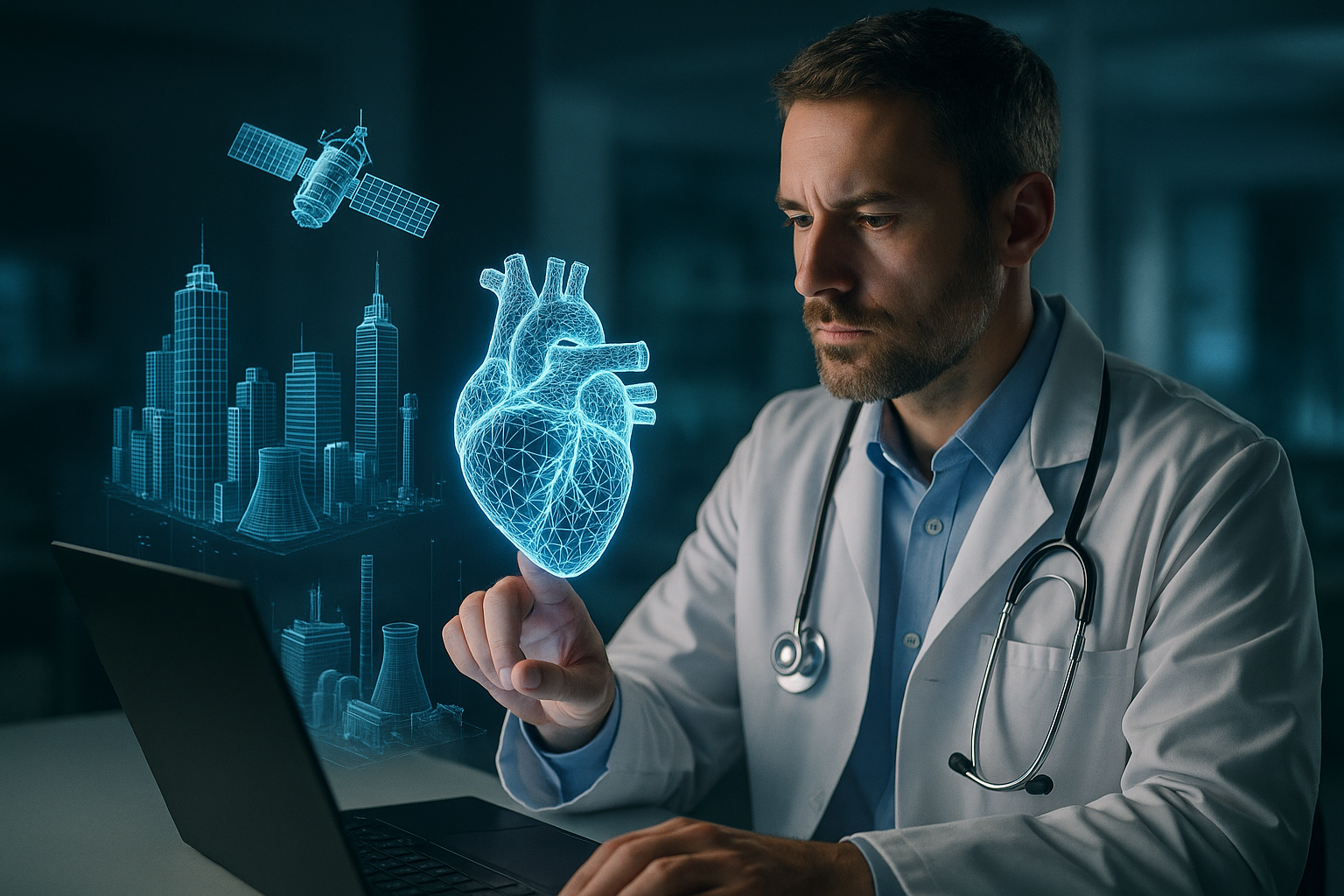The Emergence of Digital Twin Technology: A Glimpse into the Future of Innovation
The realm of technology is ever-evolving, consistently introducing advancements that redefine the boundaries of what we perceive as possible. One such groundbreaking innovation, which has been quietly stirring up the tech world, is Digital Twin technology. Envisioned as a bridge between the physical and digital worlds, Digital Twins are virtual replicas of physical entities. They offer a revolutionary way of monitoring, analyzing, and optimizing systems, promising to reshape numerous sectors, from manufacturing to healthcare.

A Time-Travelling Journey: The Genesis of Digital Twin Technology
The concept of Digital Twin technology isn’t as new as it may seem. Its roots can be traced back to the Apollo 13 mission in 1970, where a physical twin of the damaged spacecraft was used to troubleshoot issues. However, the term ‘Digital Twin’ was first coined by Dr. Michael Grieves at the University of Michigan in 2002. The idea was to create a virtual model that can simulate a physical object in real-time.
Initial implementations of the technology were primarily seen in NASA’s space exploration and the manufacturing industry. However, as the technology matured, the Internet of Things (IoT) and Artificial Intelligence (AI) paved the way for broader applications. Today, Digital Twins are being used in smart cities, healthcare, energy, and even agriculture, signifying a paradigm shift in how we perceive and interact with the physical world.
The Digital Twin Today: A New Dimension of Innovation
Fast-forwarding to today, Digital Twin technology is causing ripples in the industry. A recent report by MarketsandMarkets predicts the Digital Twin market’s value to reach $48.2 billion by 2026, from $3.8 billion in 2019. This bullish forecast is due to the technology’s potential to revolutionize efficiency and productivity across sectors.
One of the most intriguing applications of Digital Twin technology is in the healthcare sector. For instance, the Mayo Clinic in the United States is developing digital twins of patients’ hearts to simulate and predict the outcomes of different treatments. In the energy sector, digital twins are being used to optimize grid performance and forecast renewable energy production.
The Future of Digital Twins: A Crystal Ball into What’s Next
Digital Twin technology’s potential is immense, and it’s poised to disrupt various sectors in the coming years. In the realm of smart cities, Digital Twins will play a pivotal role in urban planning and resource management. In healthcare, they could lead to personalized treatment plans, optimizing patient outcomes.
As for the market impact, Digital Twin technology is projected to have a significant effect. Companies like Siemens, IBM, and GE have already begun offering Digital Twin solutions, and their adoption is expected to rise in the coming years.
In conclusion, Digital Twin technology is paving the way for a new era of innovation, bringing unprecedented levels of efficiency and optimization across different sectors. As we continue to explore its potential, one thing is for sure: the future of technology is intertwined with the evolution of Digital Twins.




